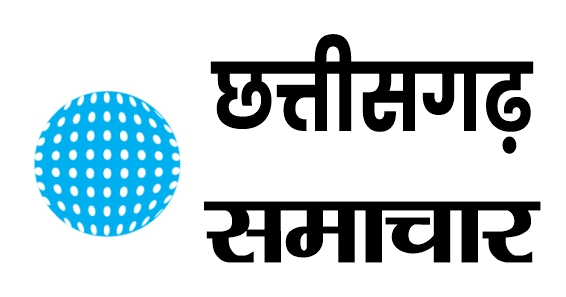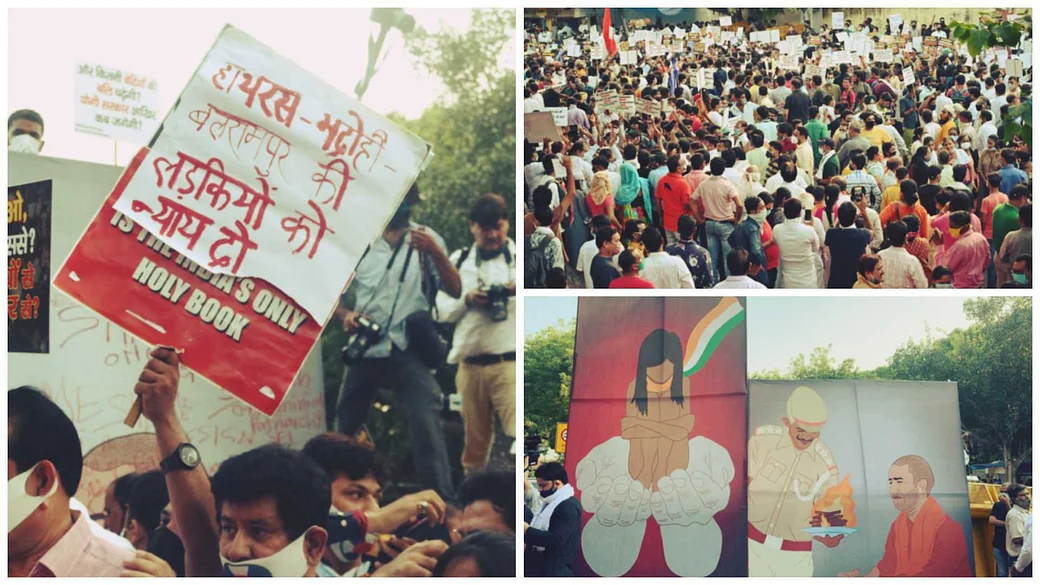The story began on 14th September in the undulating millet fields of Boolagarhi village of Hathras, a village in Uttar Pradesh. It was around 9 a.m. in the morning when the 19 year old girl went with her mother and brother to the field to cut grasses as a part of the daily routine. A little later, her brother returned back to home due to some work. The mother and daughter stayed there. After some time, the mother found her daughter missing and started finding her by calling her name several times, but there was no response to which she presumed that her daughter has gone back the home. But, meanwhile, when she was returning home, she saw her daughter’s slippers upside down at the edge of the field and subsequently her daughter was naked, in unconscious condition, with her tongue jutted out. She covered her daughter with her saree and screamed for help.
She was taken to the Chandpa Police Station by her brother. They insisted to write an FIR alleging that their daughter was sexually assaulted by four persons. After then, she was admitted in a hospital located at Hathras. Due to lack of facility there, she was referred to the Jawaharlal Nehru Medical College, Aligarh. She was admitted to AMU hospital on 14th September. Battling between life and death, the girl somehow described the doctors about the sexual assault which she gone through. The doctors in their report had mentioned about various crimes, including ‘penetration by penis’ and strangulation caused by her dupatta. The condition of the victim deteriorated and later a magistrate was called upon on 22nd September so as to record the dying declaration statement. Lately, the hospital then conducted a forensic examination of her sexual assault eight days after the incident i.e., on 22nd September. The forensic samples were sent to Safdarjung Hospital, Agra on the same day. Later on, the situation of the victim became very critical so she was shifted to Safdarjung Hospital on 28th September, 14 days after the incident took place. She passed away on 29th September, two weeks after the incident. The barbarous and heinous crime had led to overall protest and outcry in the country.
After the incident, the family and the U.P police have presented two different divergent versions of the incident. The family alleges that their daughter was sexually assaulted by four upper caste men. They say that this can be further proved by the dying declaration given by their daughter in the hospital in front of the authorities. Also, the police are trying to fabricate the evidences and this is the reason they had cremated their daughter’s body hurriedly overnight without the family’s consent, violating right to have the body with dignity and fair treatment expressly included under the fundamental right, Right to life and personal liberty enshrined in Art. 21 of the Constitution. Despite of the family protests, the police did not handed them the body. Not only this, they had blocked the roads and obstructed the media and political leaders to come to Hathras by falsely implicating the facts of the case.
On the other hand, the police administration is insisting upon the post-mortem report given by Safdarjung Hospital which says that the victim died due to neck injury and there was no sperm found in the sample, and, this matter is warped only to promote caste-based tension and unnecessary political criticism and violence against the ruling government. The police alleged that the victim was not raped as the report did not conclude the incidence of rape.
The reports neither confirms nor deny occurrence of rape. The Court will be the final authority to decide the eventual confirmation or denial. Reports like autopsy, Forensic Science Laboratory or a Medico Legal Case cannot prove, or disprove anything tangible. These are all corroborative evidences which the court will take into consideration while examining the case. The most important proof relevant in this case is the dying declaration (given under sec. 32 of the Indian evidence act) recorded in the presence of the magistrate and the medical officer.
This is not the first time that the rape victim was assaulted so badly after the rape. On 16 December, 2012 in Nirbhaya Case, a girl was raped and badly assaulted by 6 people in Delhi due to which the girl died after 13 days of the rape. Similar thing has happened in the Hyderabad Gang Rape Case in which a female doctor was raped 4 people and later burnt, there are many more innumerable cases like these.
The rising rape case rate in India even after seventy-three year of freedom shows that girls and women in India are yet to get freedom. According to National Crime Record Bureau (NCRB) from 2012 to 2019 around 2.66 lakhs cases of rapes were reported in India. The data of punishment rate in these heinous crimes is around 27% which shock us even more. This is the situation when we have ‘Fast Track Court’ especially for hearing of these cases.
Apurwa@Samacharline
Vikas Bishnoi@Samacharline









